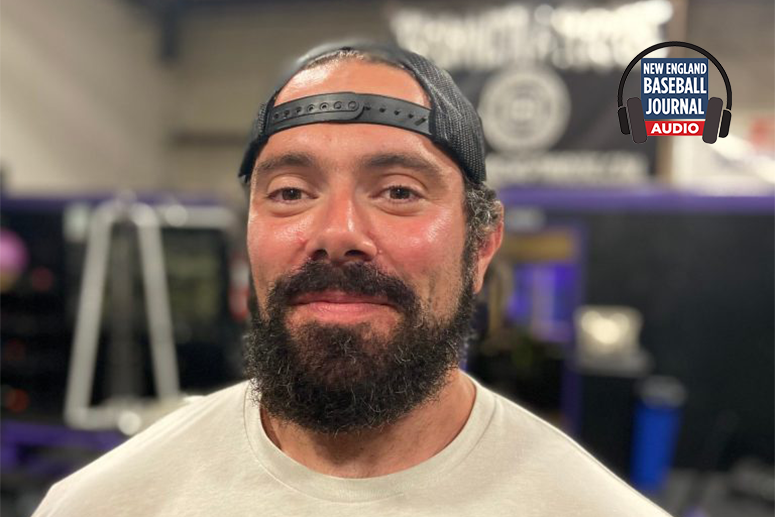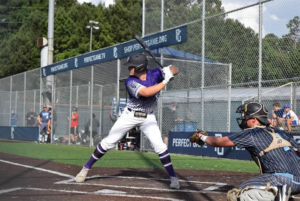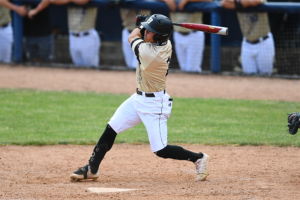
The latest New England Baseball Journal Podcast has a strength and conditioning theme. NEBJ Podcast host Dan Guttenplan is joined by North East Baseball’s Head of Athletic Development Greg Robins.
Robins worked at Cressey Sports Performance from 2012 to 2018 before opening The Strength House in Worcester, Mass. He partnered with North East Baseball last offseason and started training high school, college and pro athletes out of the Strength Barn in Harvard, Mass.
“It’s a high-energy environment,” Robins said of the Strength Barn. “It’s a combination of keeping that balance of fun and getting down to business. We have a no B.S. environment where guys can have some growth, train hard and take it seriously. We also talk about the Barn and (The Strength House) being a third place for guys in addition to home and school.”
NEB Founder Scott Patterson reached out to Robins last offseason to gauge his interest in partnering on a second location within the NEB complex in Harvard. Robins currently has eight core professional baseball players in a training group that meets each day from 9:30 to noon. He shared how he customizes a training plan for each individual, from youth players to pros.





